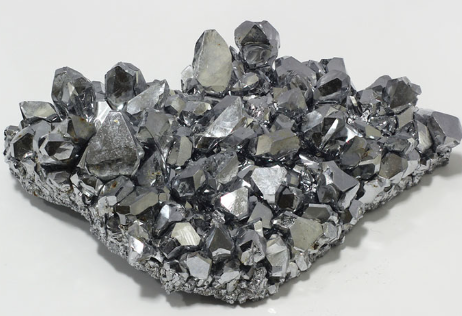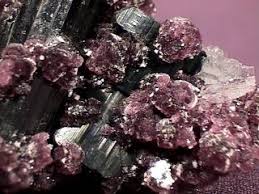Corrosion resistance of Niobium and Niobium Alloys
Niobium, chemical symbol Nb, atomic number 41, and relative atomic mass (i.e., atomic weight) 92.90638(2), is the second element of group VB(5) of Mendeleev’s periodic chart. It is named after the Greek Niobe, goddess of tears and the daughter of Tantalus, because tantalum is closely related to niobium in naturally occurring ores and minerals.
General Properties
Niobium is a moderately dense (8570 kg.m–3), refractory metal (m.p. 2468°C). Its freshly exposed surfaces are a shiny white, but when tarnished the metal acquires a steel-gray color. When pure it is soft, malleable, and ductile and takes on a bluish cast when exposed to air at room temperatures for a long time. The metal starts to oxidize in air at temperatures above 230°C and when processed at even moderate temperatures must be placed in a protective atmosphere or protected by a thermal barrier coating.
Niobium is a chemically reactive metal that forms spontaneously a thin protective oxide layer of Nb2O5 in an oxygencontaining environment. Niobium is mononuclidic with only one stable naturally occurring isotope, 93Nb.
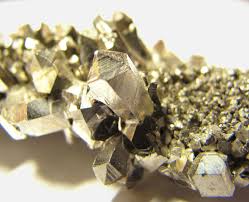
Corrosion resistance
From a chemical point of view, niobium, despite its resemblance to tantalum, is less corrosion resistant in concentrated strong mineral acids. However, it remains chemically inert to several inorganic and organic corrosive chemicals below 100°C. Just like the other reactive and refractory metals, niobium corrosion resistance is a direct consequence of enhancement of its valve action properties.
Niobium pentoxide, formed in an oxidizing environment, has an amorphous (i.e., vitreous or glassy) structure, is impervious, strongly adherent to metal, and extremely thin (i.e., few nanometers), and it self-limits its own thickness growth. It exhibits more singular properties than the protective oxide films of the other reactive metals (e.g. TiO2, ZrO2, and HfO2), but it is less impervious than Ta2O5. This oxide has very good dielectric properties and is used in highly effective electronic capacitors.
Therefore, niobium is resistant to most mineral acids at all concentrations below 100°C, such as concentrated HCl, HNO3, and aqua regia; in addition it is not corroded by solutions containing 10 wt.% FeCl3. However, niobium’s immunity is lost when the underlying substrate metal comes in contact with a corrosive chemical that prevents or slows down oxide-layer formation or damages this natural barrier. For instance, hydrogen fluoride, HF, hydrofluoric acid, aqueous solutions containing fluoride anions, sulfur trioxide, SO3, concentrated sulfuric and orthophosphoric acids, sulfonitric mixtures, concentrated oxalic acid, concentrated strong alkali hydroxides (e.g., NaOH and KOH), sodium hypochlorite, sodium metasilicate, and fused alkali carbonates (e.g., Na2CO3 and K2CO3) readily attack niobium metal.
Pure niobium is highly corrosion resistant to molten metals such as alkali metals Li (1000°C), Na(1000°C), and K (1000°C) and their eutectic NaK (1000°C); Th-Mg eutectic (850°C); heavy metals such as Pb (850°C), Hg (600°C), Zn (450°C), Ga (400°C), and Bi (510°C), while it is readily dissolved by liquid metals such as Al and U. Its corrosion resistance strongly depends on the oxygen and nitrogen traces in the liquid metal. The niobium alloy Nb-1Zr is extremely resistant to molten alkali metals such as lithium and sodium up to 1000°C and is used extensively in sodium vapor lamps or for handling liquid alkali metals in heat-transfer loops in nuclear reactors.
Finally, niobium metal combines with air above 230°C to form a porous pentoxide; with hydrogen the reaction begins above 205°C, while with nitrogen it reacts above 300°C. It also combines with most common gases above 250°C (e.g., O2, CO2, and CO) and with several corrosive gases such as halogens: fluorine at room temperature, chlorine (200°C), and bromine (250°C). Niobium, like tantalum, is susceptible to hydrogen pickup and extremely sensitive to embrittlement by nascent hydrogen gas evolved during galvanic coupling or cathodic polarization of the metal. Therefore, for certain applications, it is necessary to protect the metal by anodic protection (e.g., impressed current).
You may like
Related articles And Qustion
See also
Lastest Price from NIOBIUM manufacturers
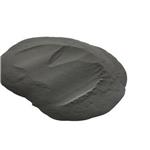
US $6.00/kg2025-04-21
- CAS:
- 7440-03-1
- Min. Order:
- 1kg
- Purity:
- 99%
- Supply Ability:
- 2000KG/Month
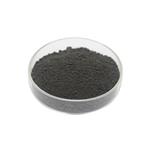
US $6.00/KG2025-03-28
- CAS:
- 7440-03-1
- Min. Order:
- 1KG
- Purity:
- 99%
- Supply Ability:
- 20TONS

